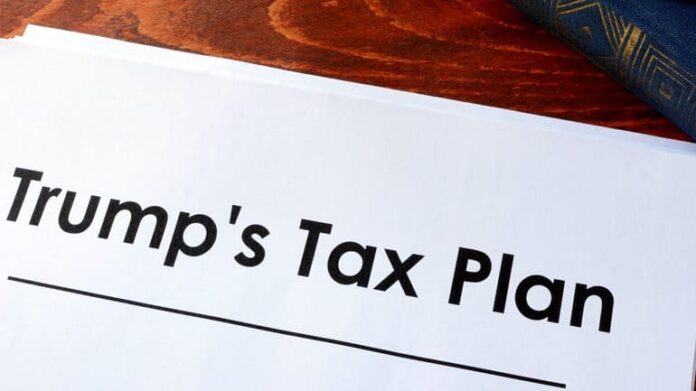
President Trump’s campaign platform promised some of the most significant tax reforms since President Ronald Reagan held office, yet Americans have seen very little in the way of legislation so far.
Tax reform is still an inevitable expectation for the Trump presidency; the questions our clients and business owners across the country have now are, when will reform happen and how big will those reforms be?
When?
Early projections had tax reform as a top priority in the administration and predicted a reform bill to be passed early in 2017. Your company may have even deferred 2016 revenue and deductions in an attempt to take advantage of those potential rates. The chaos surrounding health care reform has caused confidence in the establishment of any legitimate tax reform bill to decrease slightly since January, but many legislators, including House Speaker Paul Ryan, still want to see an overhaul approved by this fall. While many analysts agree on the Fall 2017 timeline, others push it to spring. This means that any potential tax rates and reductions would go into effect for 2018 or perhaps even 2019.
So far, we’ve seen only proposals or ‘blueprints’ from key players in the administration. This makes what the actual tax reform bill will look like another matter of uncertainty.
How big?
It’s too early to tell what the tax plans will look like. So far, the proposals in play, not surprisingly, reduce the top tax rate for individuals from the current 39.6 percent but do so with varying methods and models. The current proposals, from President Trump, the House of Representatives and the Senate have proposed the new top tax rates to be 35 percent, 33 percent and 35 percent, respectively.
Trump campaigned on promises to return to a simplified tax structure that would encourage growth, add jobs and increase the country’s ability to be competitive.
Small businesses that are taxed at individual rates can expect lower rates, and larger corporations, particularly those with foreign operations, may see incentives to repatriate earnings and bring those dollars back to the U.S. for investment.
A lot of work needs to be done. The proposals, as they stand, do not include explanations on how the tax cuts will be paid for, and legislators have more work to do to avoid another health care reform situation.
So what now?
There are definitely signs of movement to keep an eye on. Business owners should familiarize themselves with the proposals as they stand, and watch for actual legislation to be released. While it’s too early to tell what the tax legislation will look like specifically, it will happen, and we can expect the reform to take a smoother path than what we’ve seen with health care reform.
Business owners can and should start thinking about what they are going to do in anticipation of any new system. Once legislation is written, it will inevitably affect the way you do business and how you make decisions. You should consult with a tax professional, eventually invest some resources to model how each proposed piece of legislation might influence how you do business.
SVA Certified Public Accountants can assist you and your business in modeling those different outcomes so you’re prepared when legislation finally passes.




